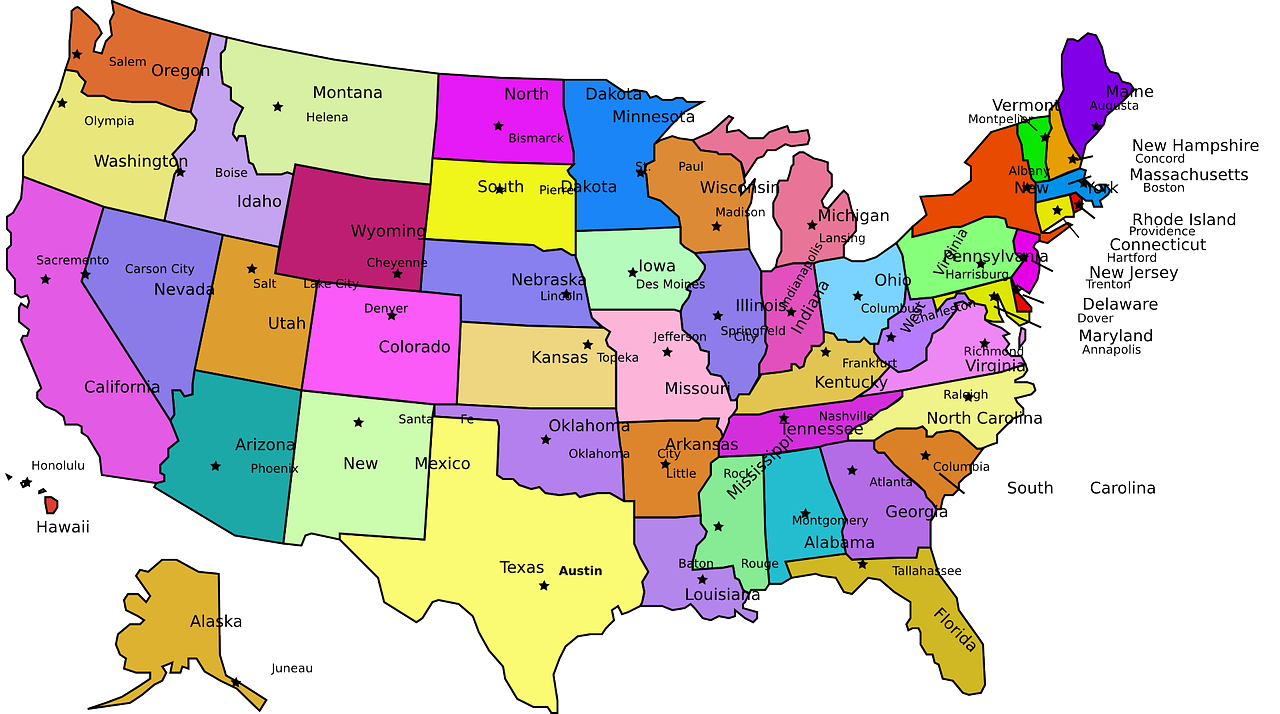- For years, archeologists and volunteers have searched for evidence of the exact site of Camp Security, a Revolutionary War prisoner camp near York, Pennsylvania.
- On Monday, they unearthed key confirmation: a series of post holes in the clay under about a foot of topsoil.
- Built in 1781, Camp Security may have housed some 1,200 British prisoners of war over its two-year history.
YORK, Pa. — On Monday morning, John Crawmer called Carol Tanzola and told her, “I think you should get down here.”
Crawmer is the lead archeologist on the dig to unearth evidence of Camp Security, a Revolutionary War prisoner of war camp on a hillside east of York, Pennsylvania. And since 1998, Tanzola, president of the Friends of Camp Security board, has led the effort to preserve the site.
When she arrived after Crawer’s suspenseful call on Monday and saw the dig – uncovering the evidence of the posts that formed the wall of the camp’s stockade – Tanzola said, “Oh my God.” She had tears in her eyes.
Later, she said, “We finally found it.”
What they found is solid evidence of the location of Camp Security, a series of post holes in the clay under about a foot of topsoil. Those posts formed the outline of the stockade that, at one time, may have housed some 1,200 British prisoners of war.
It is what they’ve been seeking for years, kind of like Indiana Jones and his quest for the Holy Grail.
Rhode Island:A homeowner wanted to build a barn. He found a cannonball likely from the Revolutionary War.
For years, volunteers have scraped away at the topsoil in a grassy field in Springettsbury Township. This year, beginning in September, they focused on a site about 175 yards north of an area in which they found evidence of a camp.
And on Monday, they unearthed the post holes.
‘It just took us a while to find it’
The dig is meticulous, large rectangular areas of earth removed by hand.
Under the topsoil, Crawmer said, they found a discolored area that may indicate that something was in that hard clay. He and others scraped away at the layer of clay, using trowels and tablespoons to unearth the post holes. The post holes formed a pattern that shows the location of the stockade wall.
At first, Crawmer said, he was “skeptical.” “You want to be skeptical,” he said. “You want to be sure you’re right.”
As the post holes were revealed, he said, “There was a lot of excitement.”
He said, “We’ve been steadfastly working toward this for a long time. It validates that Camp Security does exist. It just took us a while to find it, that’s all.”
What’s everyone talking about? Sign up for our trending newsletter to get the latest news of the day
Protest:Climate activist tries to glue head to ‘Girl with a Pearl Earring’ painting, 3 arrested
A quest years in the making
The quest for Camp Security began in earnest in 1998. Previously, some artifacts – shards of pottery and other items – had been found on the site. But in 1998, a development was proposed for the site and, long story short, after a lengthy and testy battle, Springettsbury Township was able to acquire the site and preserve it.
Camp Security is believed to be the last remaining Revolutionary War POW camp in the country, with other sites long lost to development.
Camp Security was built in the summer of 1781 on a 280-acre farm that had been acquired by the colonists. The first prisoners housed there were troops who served under British Gen. John Burgoyne at the Battle of Saratoga in New York in 1777. A few months later, Burgoyne’s troops were joined by British soldiers captured during the Battle of Yorktown.
The camp housed several thousand troops, some accompanied by their wives and children. Some prisoners started cottage industries, making belt buckles, spoons, pins and other items, and selling them to locals. Other prisoners were hired out as farmhands to local farmers.
During its two-year history, a disease described in memoirs from the time as “camp fever” claimed the lives of some 1,500 prisoners, many of them buried in the valley near the camp. At the turn of the century, it was said, the gravesite was robbed by doctors seeking specimens to study, leading to the creation of a myth that the ghosts of the British soldiers awaken every Christmas to haunt their commanding officer who lost the battle that resulted in them being sent to Camp Security and their deaths.
Her family couldn’t talk about it. Now, she educates others about this dark point in US history.
When was World War II? The deadliest international conflict explained.
The camp closed after the signing of the Treaty of Paris on April 19, 1783, ending the war. Some former prisoners were granted land in Canada, and some returned to the United Kingdom. Yet others remained in America.
The current dig began in 2013 after a magnetometer survey revealed some evidence that something was under the soil. Since then, volunteers and archeologists have been scouring the site to find the precise location of the camp.
On Monday, they found it.
‘A very significant find’
The series of post holes show a wavy wall and a curve that may be the northwest corner of the stockade. Crawmer said the evidence they’ve unearthed gives them a guide for future digs that could determine the size of the stockade and may lead to digs that would find evidence of other camp structures.
“It’s a very significant find,” said Crawmer, who first joined the effort to find Camp Security in 2015 as a volunteer. “It’s what the Friends of Camp Security have been looking for for years now. We thought it would be easier to find.”
Why remake a 92-year-old Oscar-winning movie? ‘All Quiet on the Western Front’ director explains
For Tanzola and other members of Friends of Camp Security, the find is vindication. “In the long run,” she said, “it was a tough fight. But we weren’t wrong. I’m just glad we found it.”





